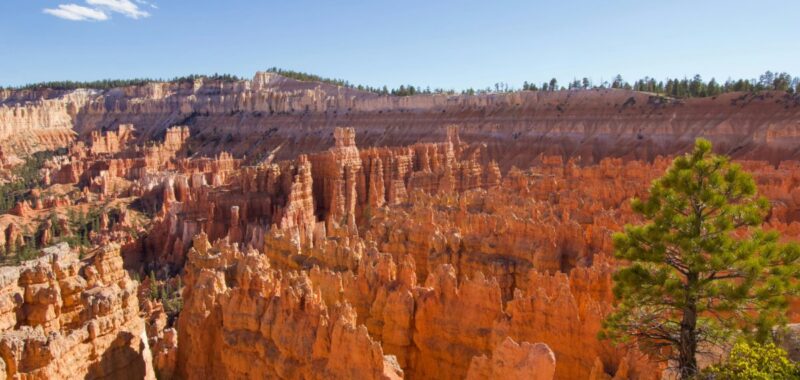Skift Take
The new $100 million grant will boost the National Park Service’s efforts to mitigate overtourism. It’s going to need the help because there are no signs of a visitor slowdown.
America’s national parks have been swamped with visitors. To help them, the Lily Endowment awarded the National Park Foundation a $100 million grant.
A portion of the grant will go toward helping the National Park Service manage visitor growth, along with conservation, infrastructure maintenance and other areas. During the pandemic, the national parks experienced a boom in visitors. Since then, the trend has continued. In 2023, the National Park Service reported 325.5 million visits to 400 national parks, up 13 million from 2022.
Overtourism at parks takes the form of traffic congestion, worn out trails, overcrowding, environmental degradation and a worsening of the visitor experience.
Individual national parks have taken steps this year to balance accessibility while preserving the visitor experience and supporting conservation efforts:
More parks require a reservation
To prevent overcrowding, some of America’s most popular parks now require visitors to make a reservation for peak periods. This year, national parks Glacier and Mount Ranier implemented vehicle reservation systems for their popular entrances and Yosemite reinstated its requirement that visitors book their visits in advance during the summer and weekends during select months.
Some tourism businesses aren’t opposed to reservation systems but are concerned about their specific features. Tour operators want reservation systems to be more accessible to international visitors. Many parks don’t allow international visitors to book more than 3 months in advance. Most international visitors book trips to the U.S. a year in advance.
“We just want to to help them make it a little more friendly to international visitors,” said Lena Ross, chief operating officer of America 4 You, an outdoor adventure specialist, and current chairwoman of the International Inbound Travel Association.
“We do think that there needs to be something to help [reduce] overtourism, but maybe there needs to be different ideas in play,” she said.
National Park Service looks to have a uniform permit application process for tour operators
The National Park Service plans to standardize commercial use authorization (CUA) online applications across all its parks for road tour group operators. Parks currently either have their own CUA or none, creating inconsistency for tour operators.
“It’s more meant at this time to make sure that the operators that are getting the CUAs into the parks are properly insured, responsible for the people that are on their tours, and making sure that they’re following principles like Leave No Trace and not dumping their trash everywhere or doing things that they’re not supposed to do,” said Ross.
Some parks have raised camping fees to cover maintenance costs
Zion National Park raised its camping fee by over 50% at its campgrounds â its first increase since 2015. Glacier National Park raised its fee on most of its front country campgrounds for the first time since 2007.
Other parks have submitted proposals for fee increases next year. Joshua Tree National Park, HaleakalÄ National Park and Rocky Mountain National Park are reviewing public feedback about their proposals.

